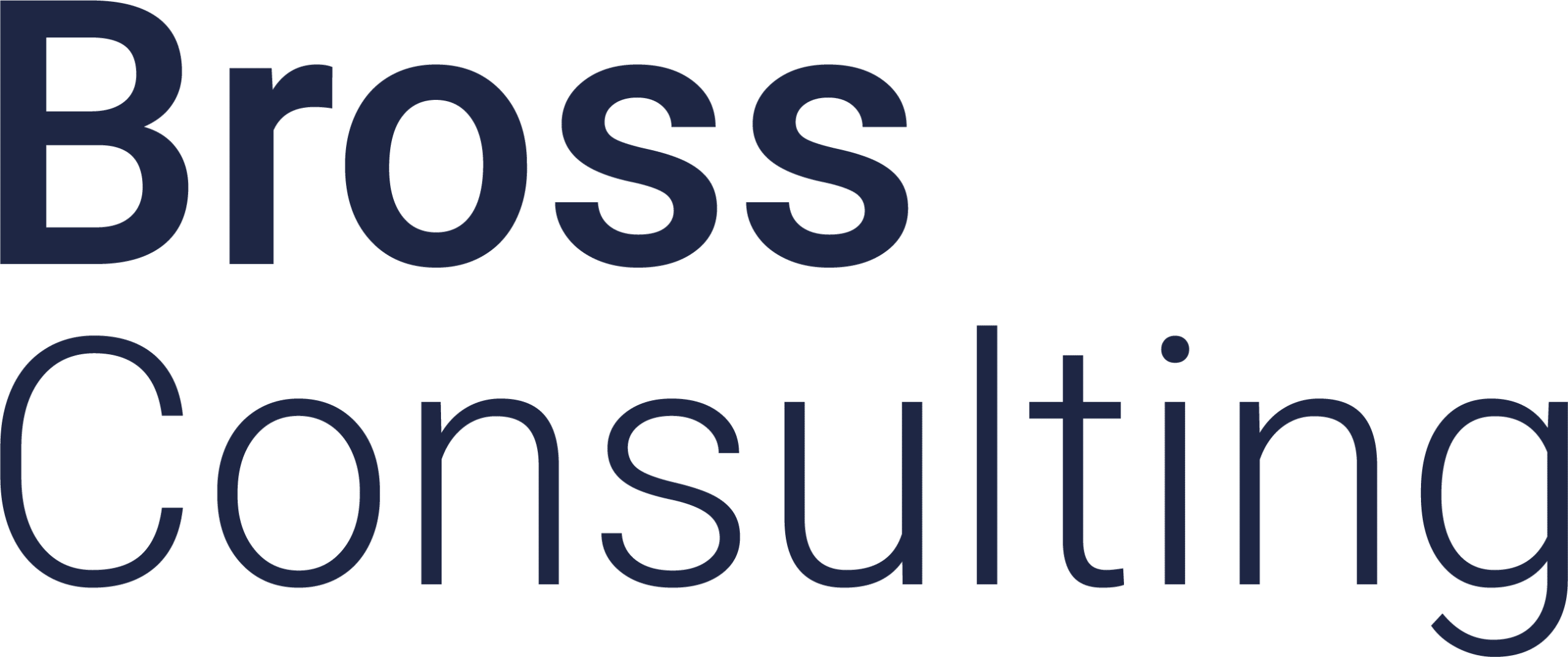Digital factory – methods and areas of application
The digital factory integrates innovative tools and methods into the conventional planning process. This results in an increase in planning quality, a reduction in planning costs and a shortening of the planning time. This is made possible by an ever-increasing amount of data and more powerful computers and software. In order to understand which methods bring about an improvement at which point, it helps to categorise the methods. Accordingly, there are data collection methods, artificial intelligence methods, visualisation methods, simulation methods and planning methods. Bross define the digital factory according to the VDI 4499 standard.
Methods of the digital factory
The methods of the digital factory are a collection of tools for digitising the factory. Artificial intelligence, for example. It supports robots in navigation and localisation with the help of cloud-based systems. The digital factory combines human-machine interaction approaches. Collaborative robots are increasingly being used. 3D camera systems and sensor technology report intrusion into safety fences, for example. This makes it safe for employees to remain in the shared workspace without collaborative character. Generative manufacturing is used to produce components and tools for production. Augmented reality is an assistance system that links the real and virtual worlds. Virtual reality is used to simulate production processes and commission systems virtually. The digital factory forms the foundation for digitalisation, robotics, automation technology and mechatronics. Bross keeps the overview for you.
The digital factory as a tool for planning
As digital factories are not only an important tool for planning, but also for ongoing factory operations, the areas of application are wide-ranging. They range from project management, service and maintenance, sales and order entry, sales and external logistics, start-up management, assembly and commissioning of production facilities, external and internal logistics to the various requirements of the market.
Use of the methods along the factory life cycle
The use of tools and methods is not limited to factory planning. They are also used throughout the entire life cycle, including operations and the control of production processes. Ultimately, the goal is the holistic planning of all processes and resources. The focus is also on digital transformation, control and improvement of processes. The fields of application for the digital factory are broadly diversified. They range from manufacturing or assembly to logistics across the industry. Other topics and digital methods are also included. These include the digital twin and BIM.
Digital factory – optimising the customer order process
A digital factory is the virtual planning and operational management of plants and factories. This allows processes to be visualised and simulated, which in turn allows workflows to be optimised. The digital factory can therefore also be seen as a network in which digital models and methods are implemented using 3D visualisation. This allows the planning and realisation of a factory to be visualised, as well as the control and improvement of work processes and resources in relation to the product to be manufactured. The main focus is on speed, efficiency, sustainability and increasing flexibility. The result is sustainable success and ultimately the optimisation of customer order processes.
The digital factory for SMEs too
A digital factory is not only an advantage for large companies, small and medium-sized enterprises also benefit from it. If you have started to consider the idea of a digital factory, please contact us. We are your competent partner for factory planning and the digital factory and will be happy to share our many years of experience with you.
